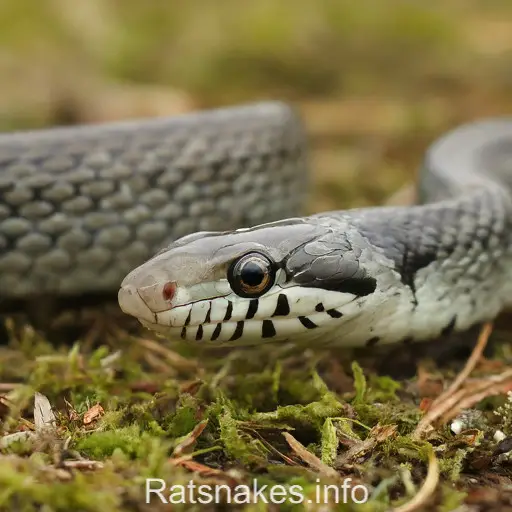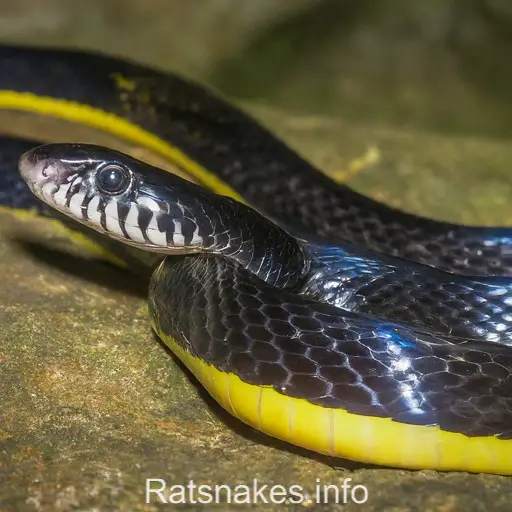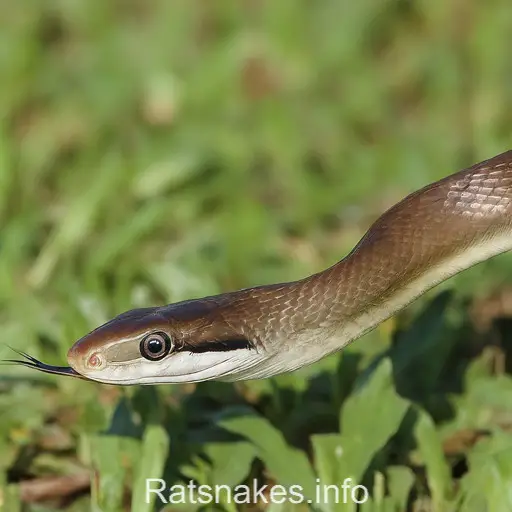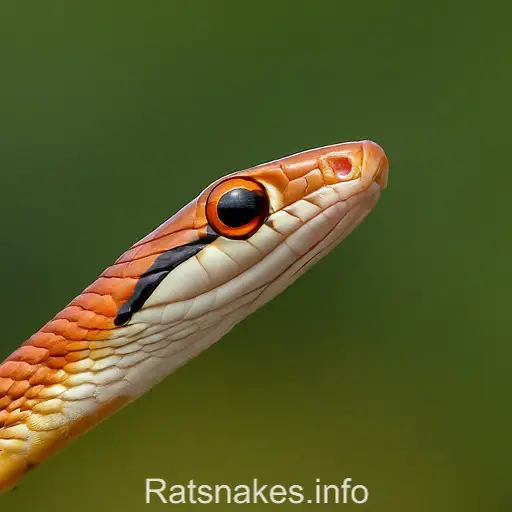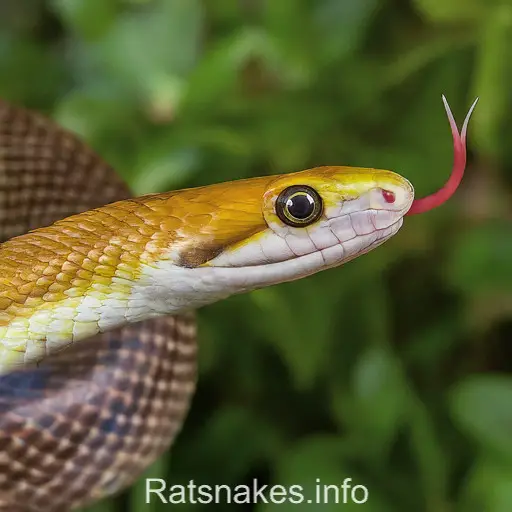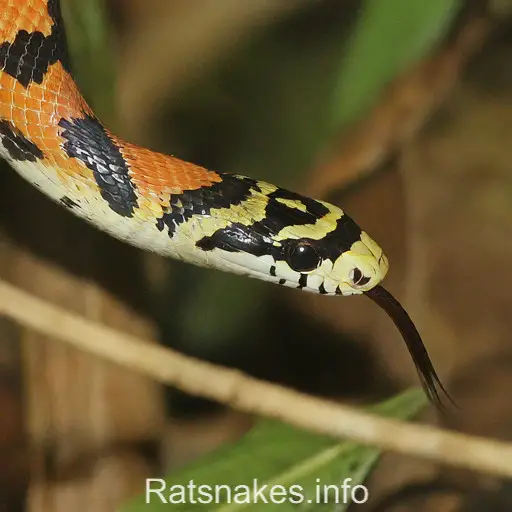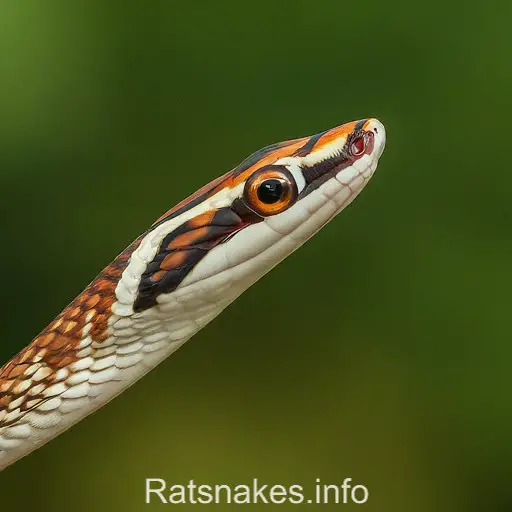
Are you intrigued by the beauty and mystique of the Gonyosoma oxycephalum? We are here to dive into the fascinating world of this enchanting snake species. With its striking colors and unique characteristics, the Gonyosoma oxycephalum is a captivating creature that has captured the curiosity of many. Join us as we uncover the secrets and wonders of this remarkable reptile.
From its vibrant scales to its impressive size, the Gonyosoma oxycephalum is truly a sight to behold. We’ll explore its habitat, behavior, and the importance of conservation efforts to protect this magnificent species. Let’s embark on a journey together to unravel the mysteries of the Gonyosoma oxycephalum and gain a deeper understanding of its significance in the animal kingdom.
Origins of Gonyosoma Oxycephalum
Since we’re delving into the captivating world of the Gonyosoma oxycephalum, it’s crucial to uncover its origins. This species, commonly known as the Red-tailed Green Ratsnake, can be found in Southeast Asia. With bold and vibrant colors, this snake species stands out in the lush greenery of its habitat.
Gonyosoma oxycephalum typically resides in forests, jungles, and wooded areas, preferring elevated regions to traverse and hunt for prey. Its natural habitats include countries like Thailand, Malaysia, Indonesia, and the Philippines, where it thrives in warm, tropical climates.
As Gonyosoma oxycephalum navigates its habitat, its unique characteristics set it apart. The species’ slender body, vibrant scales, and distinctive red tail make it an intriguing subject for researchers and nature enthusiasts. Understanding its evolution and place in the ecosystem enhances our appreciation for this remarkable snake.
Exploring the origins of Gonyosoma oxycephalum sheds light on its biological significance and the need for conservation efforts to protect its natural environment. By studying its origins, behaviors, and interactions within the ecosystem, we deepen our understanding of this fascinating species and its role in the delicate balance of nature.
Physical Characteristics
When it comes to Gonyosoma oxycephalum, its physical characteristics are truly fascinating. Let’s delve into some of the key traits that make this species stand out:
- Coloration: The Red-tailed Green Ratsnake boasts a strikingly vibrant coloration, with shades of green, black, and red on its tail.
- Size: Typically, these snakes grow to an impressive length of around 5 to 7 feet, showcasing their impressive size in the wild.
- Body: Known for their slender bodies, Gonyosoma oxycephalum have a sleek physique that aids in their movement through the dense forests and jungles of Southeast Asia.
- Head Shape: As suggested by its species name, oxycephalum, which means “sharp-headed,” these snakes possess a distinctively pointed head shape that sets them apart from other species.
- Eyes: One cannot overlook the mesmerizing eyes of the Red-tailed Green Ratsnake. Their large, round eyes contribute to their unique and captivating appearance.
Observing these physical characteristics up close truly highlights the remarkable beauty and uniqueness of the Gonyosoma oxycephalum species.
Habitat and Distribution
When it comes to the Habitat of the Gonyosoma oxycephalum, these Red-tailed Green Ratsnakes primarily inhabit tropical forests in Southeast Asia. They are often found in thick vegetation and rainforest areas, where they can camouflage effectively with their vibrant green scales. These snakes are skilled climbers, making use of trees and branches for both hunting and shelter.
In terms of Distribution, the Gonyosoma oxycephalum species is known to be native to countries such as Indonesia, Malaysia, Thailand, and Vietnam. Their range also extends to parts of Cambodia and other neighboring regions in Southeast Asia. Within these areas, they thrive in the lush, humid environments that support a rich diversity of flora and fauna.
The adaptability of the Gonyosoma oxycephalum to these varied habitats and distributions speaks volumes about their resilience and ability to thrive in different environmental conditions.
Behavior and Diet
- Behavior: Red-tailed Green Ratsnakes, like Gonyosoma oxycephalum, are primarily diurnal, meaning they are most active during the day. They are known for their arboreal nature, spending a significant amount of time in trees. These snakes are skilled climbers, using their muscular bodies and strong tail for support as they navigate through branches with agility. When feeling threatened, they may rely on their vibrant coloration as a form of camouflage to blend into the green foliage.
- Diet: Our vibrant friends’ diet consists mainly of small mammals, birds, and lizards. They are constrictors, meaning they subdue their prey by coiling around it and suffocating it before consumption. Red-tailed Green Ratsnakes are opportunistic feeders; they possess the remarkable ability to adapt their diet based on what is available in their environment, showcasing their versatility in finding food sources in their tropical habitats.
| Facts | Data |
|---|---|
| Activity | Diurnal |
| Diet | Small mammals, birds, lizards |
| Feeding Behavior | Constrictors |
Conservation Efforts
- Protected Habitats
- Anti-Poaching Initiatives
- Research and Monitoring Programs
Efforts to conserve the Red-tailed Green Ratsnake are critical to safeguarding its existence in the wild. One key aspect of conservation involves protecting the habitats where these snakes reside. By establishing protected areas and reserves, we can help ensure that these arboreal creatures have a safe environment to thrive in.
Anti-poaching initiatives are also crucial in preserving the population of Gonyosoma oxycephalum. Illegal poaching for the exotic pet trade and traditional medicine poses a significant threat to these snakes. By working to enforce laws and combat poaching activities, we can reduce this harmful practice and protect the species.
Furthermore, research and monitoring programs play a pivotal role in understanding the behavior, population dynamics, and habitat requirements of the Red-tailed Green Ratsnake. Through ongoing research efforts, we can gather valuable data that informs conservation strategies and helps us make well-informed decisions to ensure the long-term survival of this species.
Key Takeaways
- Gonyosoma oxycephalum, also known as the Red-tailed Green Ratsnake, is a captivating snake species found in Southeast Asia with vibrant colors and unique characteristics.
- Their striking physical characteristics include vibrant coloration, an impressive size of 5 to 7 feet, a slender body, pointed head shape, and mesmerizing large eyes.
- These snakes primarily inhabit tropical forests in countries like Indonesia, Malaysia, Thailand, and Vietnam, showcasing their adaptability to diverse environments.
- Red-tailed Green Ratsnakes are diurnal and arboreal, spending time in trees, and primarily feed on small mammals, birds, and lizards by constricting their prey.
- Conservation efforts involving protected habitats, anti-poaching initiatives, and research programs are essential to safeguard the existence of Gonyosoma oxycephalum in the wild.
Conclusion
Conservation of the Red-tailed Green Ratsnake is vital for its survival. By protecting their habitats, cracking down on poaching, and investing in research, we can secure a future for this magnificent species. Our collective efforts play a crucial role in preserving the biodiversity of our ecosystems. Let’s continue to work together to ensure that the Red-tailed Green Ratsnake thrives in the wild for generations to come.

